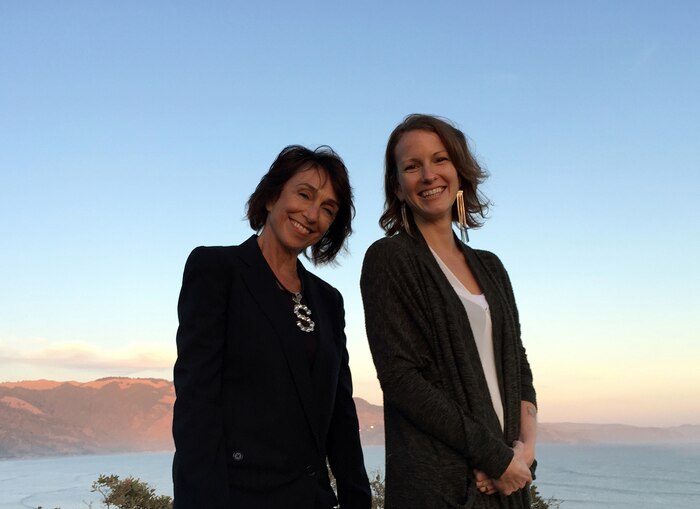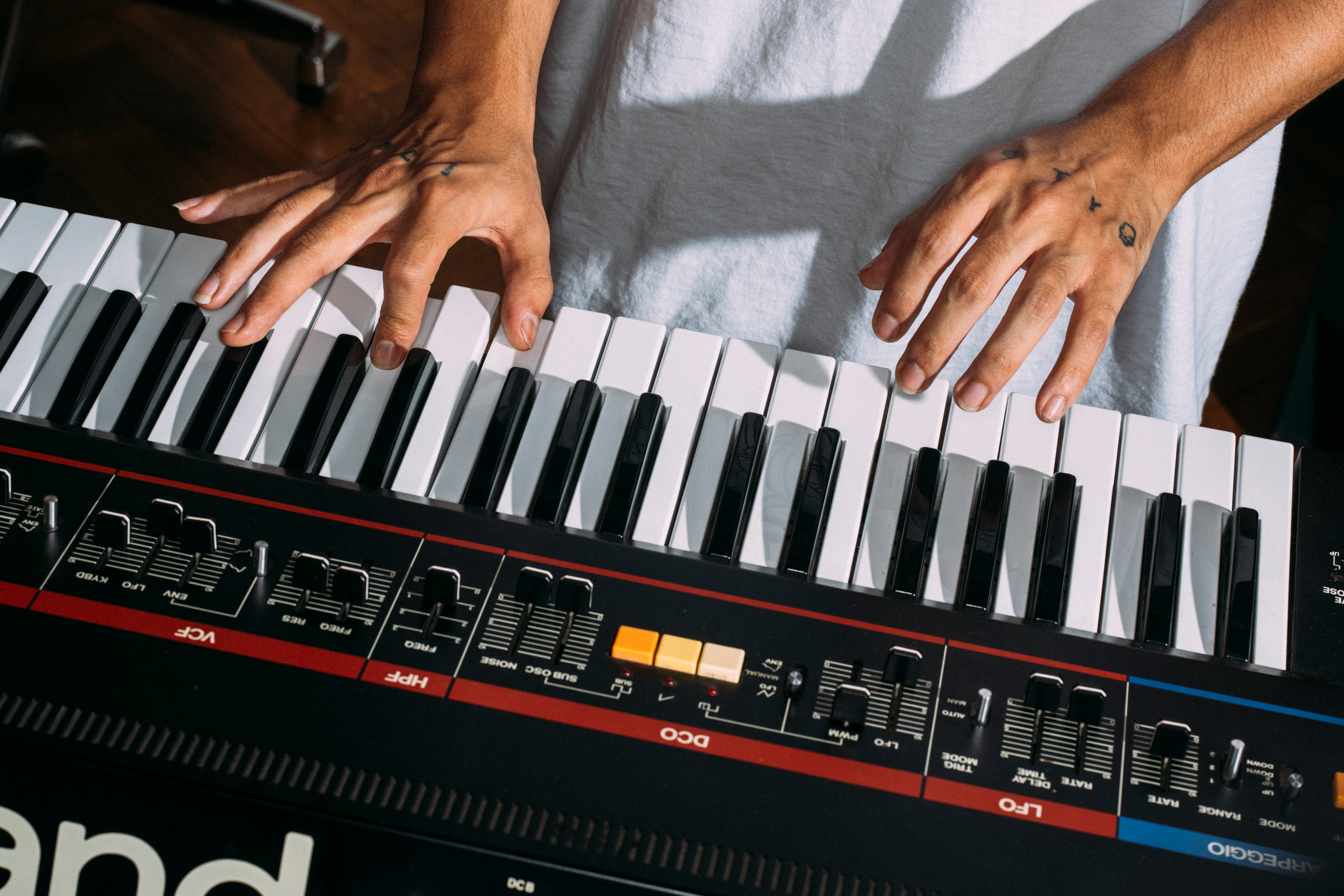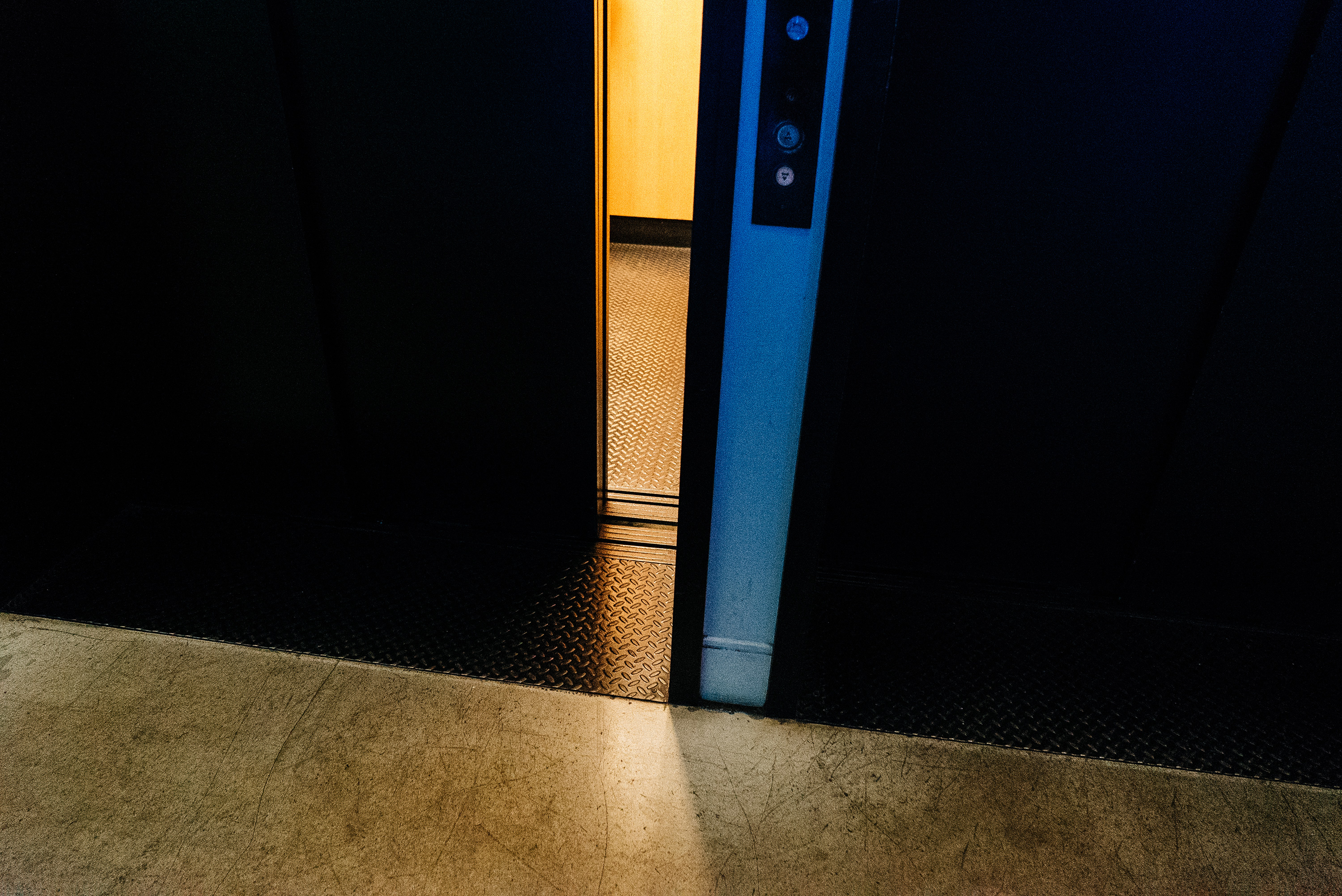Buchla Manipulators Suzanne Ciani and Kaitlyn Aurelia Smith Join Forces
From a small town on the California coast, these producers collaborate on sun-drenched synthesis

Synth pioneer Suzanne Ciani started her musical journey a few decades before Kaitlyn Aurelia Smith was even born, but these two Buchla adventurers somehow both found themselves living in Bolinas, a seaside town in northern California. Presented with the idea of an intergenerational collaboration for RVNG Intl.’s FRKWYS series, the two women linked up their machines and concocted Sunergy, a long-form synth meditation inspired by their surroundings. With the record set for release this week, the two women stopped by First Floor to talk with host Shawn Reynaldo about their chance meeting, unique relationship and the process of creating a joint LP.
Listen to First Floor on RBMA Radio here every Thursday at 1PM EDT.
How did you two meet in the first place?
Suzanne Ciani
We met in the small town – Bolinas, California – where we both lived at the time. It’s just outside of San Francisco and it’s community-oriented. One night, there was a community dinner and Kaitlyn and her husband were the cooks. After dinner, we were all sitting on the floor and I started a conversation with her, never imagining that she would tell me that she actually played the Buchla. That tweaked my fascination and that’s how we met.
Kaitlyn Aurelia Smith
At the time, when I was talking with her, I didn’t realize who she was, but have definitely been a fan of hers for, I mean, my entire Buchla history. When I found out who I was talking to, I was just filled with excitement.
I’m guessing she was someone that had influenced your own music, Kaitlyn?
Kaitlyn Aurelia Smith
She was the first person that I researched when I started to play the Buchla. I started to play the Buchla about halfway through my musical life. She was one of the first musicians that I heard playing a Buchla.
Did that spark up a friendship? Did you dive immediately into making music together?
Suzanne Ciani
I actually was just coming back to the Buchla [at that point] because I spent many years concentrating on the piano. I had a new Buchla 200E and I was about to go on tour in Europe with Andy and Sean (Andy Votel, from Finders Keepers). He was the one that released Lixiviation, some of my early electronic music. To prepare for the tour, I thought, “Gee, let’s work together.” Bolinas is just remote enough that it’s hard to find somebody to work with, so I was excited to have Kaitlyn close by. We started working together to prepare for that tour.
Kaitlyn, when you would go over to Suzanne’s house, were you having moments where you were pinching yourself like, “Oh wow. I’m hanging out with Suzanne Ciani”? Was it hard to be a normal person in that setting?
Kaitlyn Aurelia Smith
Yeah, there were those moments, especially when we were doing the collaboration. All throughout it. Definitely.
What is the town of Bolinas like and how did you both end up there?
Kaitlyn Aurelia Smith
It’s a very interesting place, especially because there’s the reputation that I hear people refer to Bolinas about and then there’s the experience that I’ve had there. A lot of people think that it’s well-known for not wanting to be known – taking down the sign, not being very welcoming to new people – but I had a very different experience there. It’s a really incredible, beautiful coastal spot, with a very close community that is all in walking distance. Very creative, too. Also, there’s an intensity in the energy there, but it’s very, very beautiful.
I realized that the piece, [to convey] the energy of the sun, would have to be propelled by electronics. At that moment, it was just a perfect “sunergy”: a synergy of timing.
Suzanne Ciani
Bolinas was a complete change of environment for me. I had come from right in the middle of Manhattan, where I’d lived for 19 years. I suddenly found myself here: at the end of this dirt road, right on the edge of the sea. I’m on a cliff overlooking the ocean. I came for one year and that was 23 years ago. As I say, I’m a prisoner of beauty. It’s so beautiful here. I missed New York for the first 10 years and I’m going back there, actually, next week. I try to travel and keep a balance between the beauty and the energy that I miss.
The two of you were getting together, and Kaitlyn was helping you get your Buchla ready for this tour, but at what point did you say, “Hey, we should make some music together?”
Suzanne Ciani
Kaitlyn knew about this project. I had never heard of FRKWYS. She brought out Matt [Werth], who is the head of FRKWYS and I remember we had a meeting in my studio. We talked about this collaboration, which is very interesting because it is kind of a mentorship collaboration. It’s an older artist and a younger artist and they’ve done many volumes of this. I checked it out and it seemed like a nice thing. Kaitlyn, at one point, was deciding to move away [from Bolinas], and so we thought, “Well, if we’re going to do it, we should do it now.”
When you guys sat down to make the record, what was the set up like? Did you both have your own Buchlas or did you both share one?
Kaitlyn Aurelia Smith
We both had our own. Suzanne had her 200E system and I had the Buchla Music Easel and a few other controllers. We were both improvising on themes. There were moments where we would connect our Buchlas and trade off who was driving the other one rhythmically and who was being the clock source.
Suzanne Ciani
It was all done live. Some people don’t realize this, but we just went straight to digital recording. You know, you have to have a starting point. I had been working on the Finders Keepers release of my Buchla concerts from 1975. As part of that, we included a paper that I had written [at the time] about how to perform on a Buchla. In that paper, I had listed the four sequencer rows that I used in the concerts, so we decided to take those four 16-note rows and use those as a starting point.
The record has only two tracks on it. Were those created live, or was it over several sessions that you then edited down?
Suzanne Ciani
Everything, really, was live. We recorded for two days. All we did was select the sections that we thought came out the best. There was no overdubbing, editing or post-production.
Suzanne, did you learn anything from Kaitlyn during the recording process?
Suzanne Ciani
Well, you know, I always say that I came out from under a rock because I had no idea, at the time, that there was such a resurgence, a renaissance, of interest in analog synths. Kaitlyn is from a generation that is news to me. That was something that I learned in a very amazing way: that there was this whole life out there, of kids playing analog synths.
Kaitlyn, did you learn any tricks or anything from Suzanne that you didn’t expect to?
Kaitlyn Aurelia Smith
I mean, I’ve learned so much from her. One of my favorite things about the way that Suzanne works is just how playful she is in it and how much wonder she has. She doesn’t seem to get too stressed out during her working process. She’s always having fun and with a mindset of “Let’s see what happens.” I definitely try and soak that energy in.
Suzanne Ciani
I think it was really fun to do this together and I also think that technology can be stressful. It’s like dealing with the space launch. If something goes wrong, it goes wrong. It’s nice to be able to share that. It becomes less stressful when you’re doing it together.
Suzanne, you mentioned that you guys used the paper that you wrote in 1975 as a starting point, but was there anything else that you were using as a motivation or a guiding theme?
Suzanne Ciani
You have to imagine that when we were recording, we were sitting in front of this huge picture window that looks out over the sea. This is the place outside my studio where the sun rises every morning. I had this fantasy of making a piece when the sun rises for a couple of years, but I was focused more on the piano and I couldn’t get it to work. I realized that the piece, [to covey] the energy of the sun, would have to be propelled by electronics. At that moment, it was just a perfect “sunergy”: a synergy of timing. We were inspired by that natural force that was right outside the window. I think that’s what we were capturing: the sense of the sun rising, and of it taking a while. It’s not easy to orchestrate something on that span. Electronics have and sustain that kind of energy, an energy that is suitable to interpreting that kind of event.

